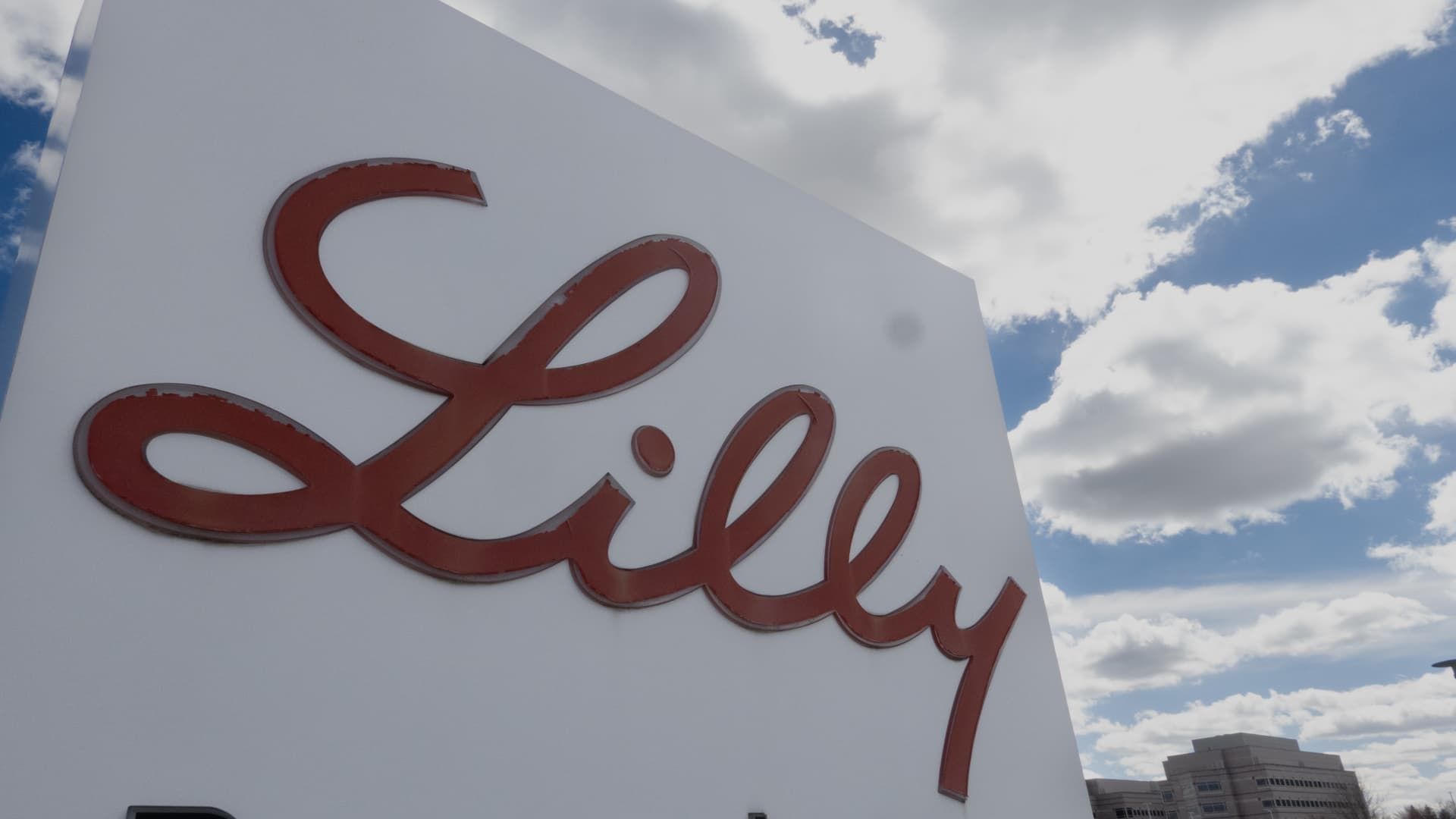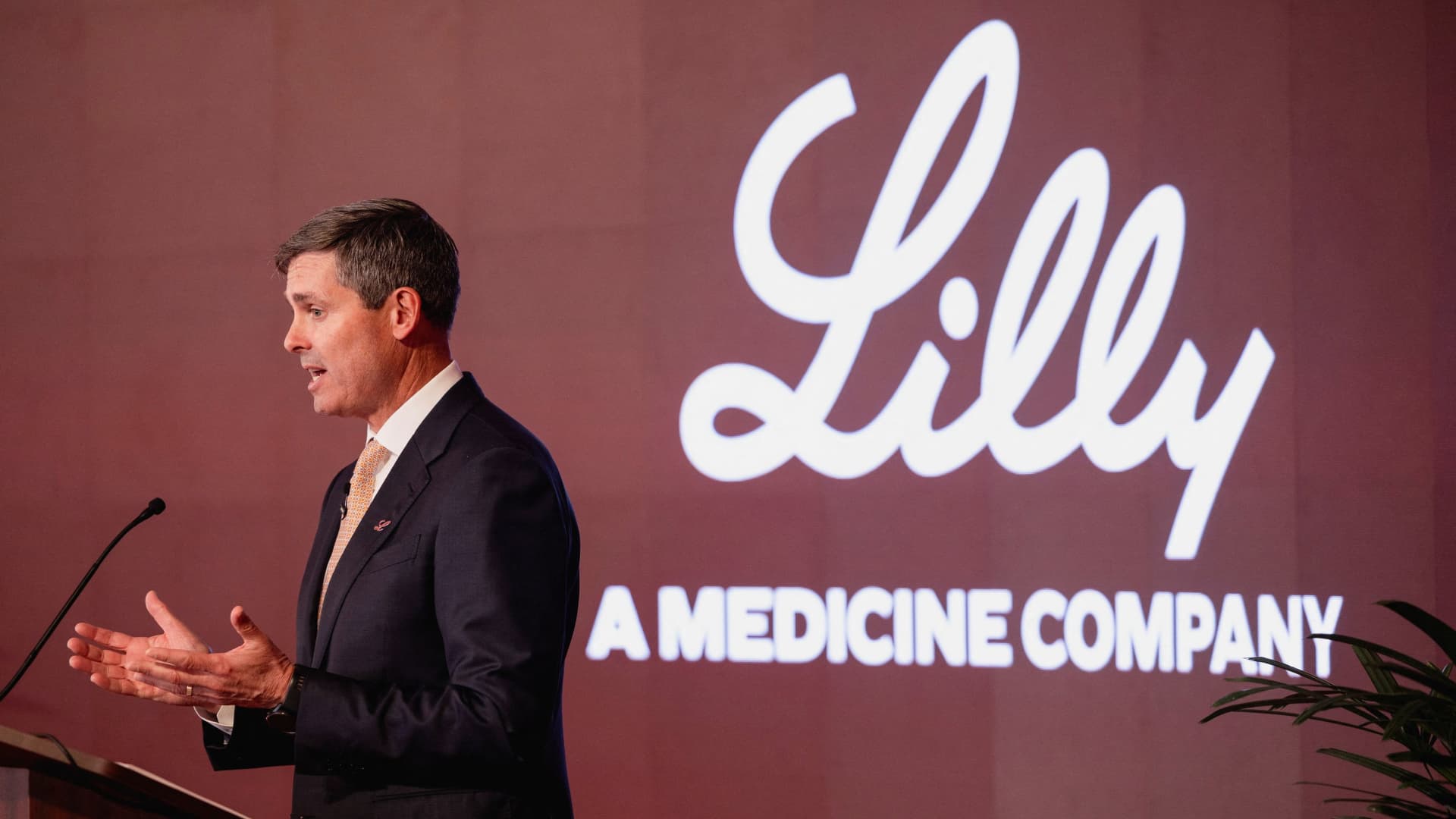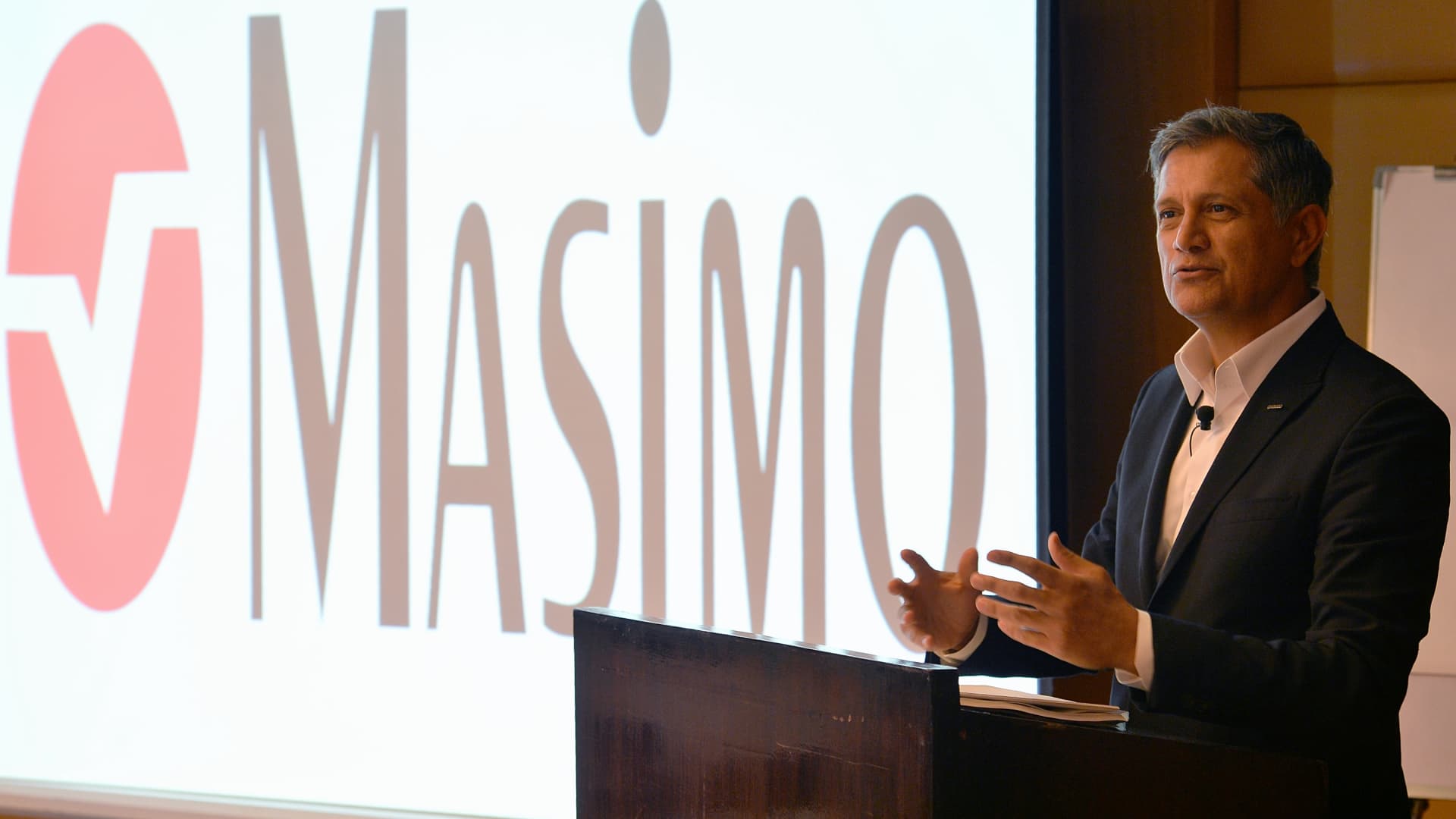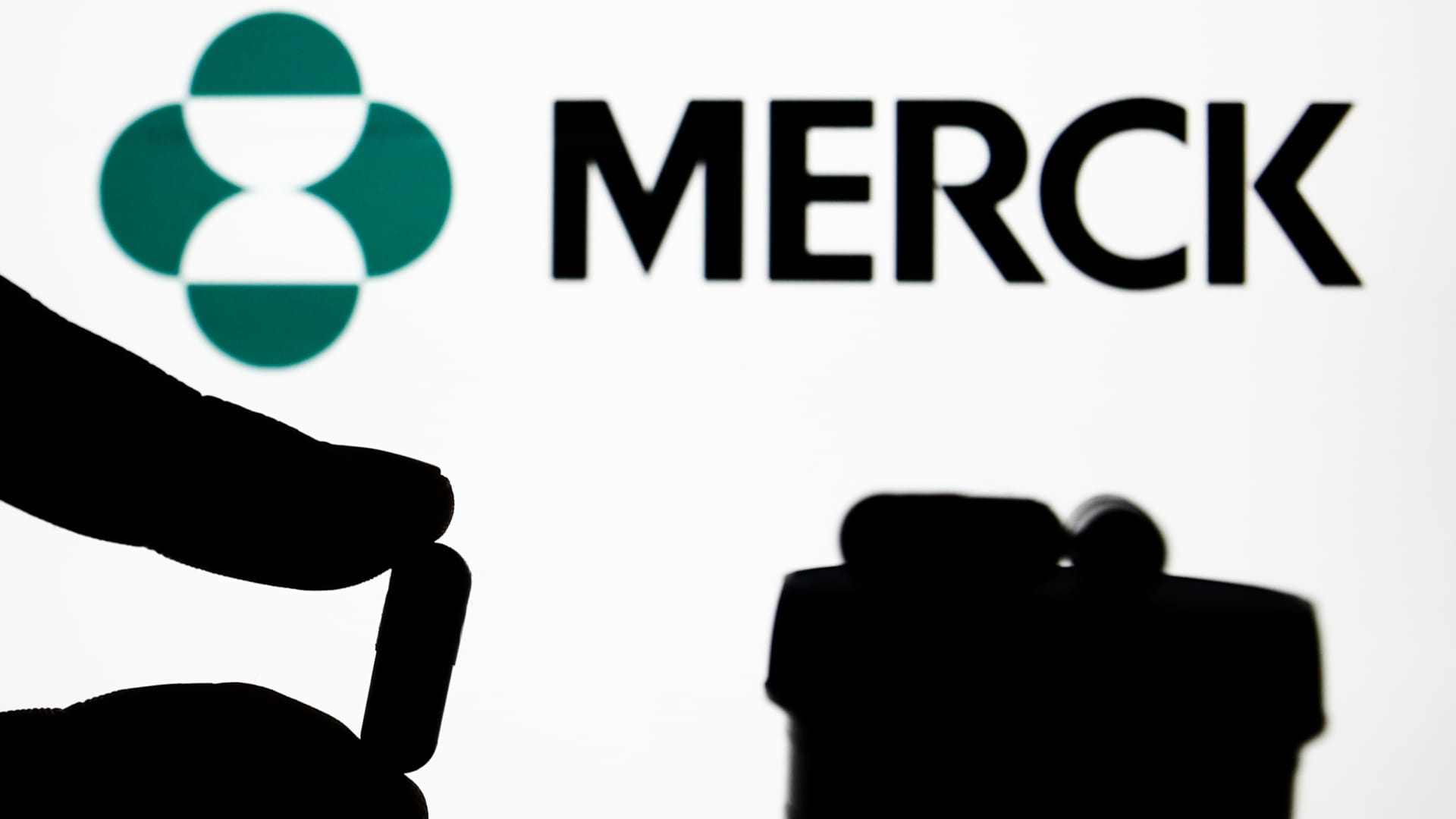Eli Lilly will spend $4.5 billion to build a center to find better ways to make its drugs.
The facility, called Lilly Medicine Foundry, will house the development of new manufacturing methods with an eye toward efficiency. It's a strategy that's already paying off with Lilly's obesity and weight-loss drugs Mounjaro and Zepbound, and Lilly wants it to boost the rest of its portfolio.
The foundry has a dual purpose: to research new manufacturing procedures and then put them into practice in the production of drugs for clinical trials. Lilly says the facility will be the first of its kind to combine research and production in one location.
“The idea is to take molecules from a lab bench to scale for drugs in a pharmacy, and this R&D site will do that job,” Eli Lilly CEO David Ricks said in an interview from the company's headquarters. company in Indianapolis. .
The center, scheduled to open in late 2027, will be equipped to manufacture small molecules, biologics and genetic medicines. It will be near a $9 billion manufacturing complex that Lilly is building in Lebanon, Indiana, to produce pharmaceutical ingredients such as tirzepatide, the active ingredient in Mounjaro, and Zepbound.
The cranes and steel frames of the active construction site jut out amid the flat farmland, about a 40-minute drive from Lilly's headquarters in Indianapolis.

The investments are part of Lilly's plan to build on its success with Mounjaro and Zepbound, which are riding a wave of popularity in drugs called GLP-1 along with Novo Nordisk's Ozempic and Wegovy.
Mounjaro and Zepbound are expected to generate $50 billion by 2028 alone, nearly double the company's total revenue in 2022. This gives Lilly more freedom to invest, but also puts pressure on the company to find and develop more new drugs to continue growing in the coming years.
Lilly is already charting its future beyond tirzepatide. The company also wants to develop more drugs for Alzheimer's disease and other neurodegenerative diseases such as amyotrophic lateral sclerosis, or ALS.
“There are enormous opportunities to improve human health that are hiding in plain sight,” said Dr. Dan Skovronsky, chief scientific officer at Lilly. “In our industry, people generally like to see what's popular and then follow the leader. That's why a lot of other companies are now stopping their different research projects to try to figure out how to catch up with us in obesity and Alzheimer's disease. . . . Well , we are working on the following.
A sign with the company's logo sits outside Eli Lilly's headquarters in Indianapolis, Indiana, on March 17, 2024.
Scott Olson | fake images
Lilly wants to look for “innovative ideas” in areas where the company already has a presence, such as oncology and immunology, as well as newer areas such as cardiovascular disease, chronic pain and hearing loss, Skovronsky said.
Neuroscience is an area he and Ricks want to pay special attention to. Lilly has a long history in the space between its antidepressant Prozac and its recently approved Alzheimer's drug Kisunla, but they see more work to do.
“Neuropsychology is a huge unmet need,” Ricks said. “Addiction and mental health, but also neurodegenerative conditions, so we're investing a lot in that. And maybe the advances we've made in obesity can help fund research in new areas.”
That's not to say Lilly is done with obesity.
Ricks acknowledged that one drug does not meet all needs and that Lilly needs to continue advancing the science. The company has 11 anti-obesity drugs in the pipeline with different mechanisms of action and modes of administration, he said. This includes two drugs closely watched in Phase 3 trials: an experimental pill called orforglipron and another injectable drug called retatrutide.
Lilly is investing in everything it thinks makes sense in obesity, Ricks said, but recognizes that other companies could explore new mechanisms that Lilly may not have done. He wants to see more pills, especially those that can attack multiple targets. He is also interested in technologies that involve giving injections less frequently, such as short interfering RNA.
Any new breakthrough could help Lilly become the first trillion-dollar healthcare company. The company's shares have soared nearly 65% over the past year, giving Lilly a market capitalization of around $840 billion.
Ricks downplays the importance of reaching the trillion-dollar mark, saying it would be an outcome, not a goal, for Lilly.
“We want to do valuable things, and if we're successful, we create value,” Ricks said. “That's how we'll get to a larger number.”












